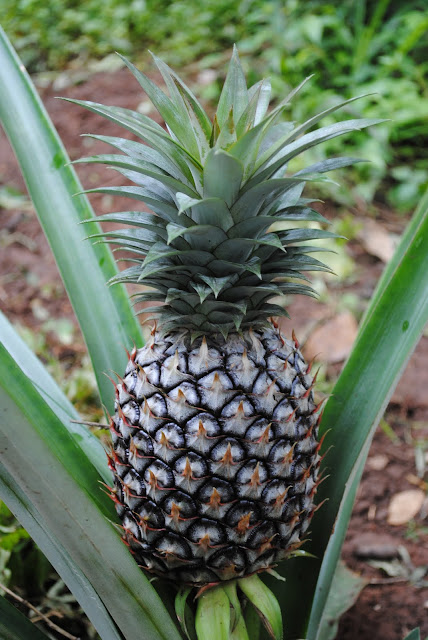It was strange suddenly becoming a tourist for close to two weeks. Until this break, our primary occupation has been research, school visits, meetings, lectures, and university-related events. Suddenly, with a strike declared and campus shut down, we could slip into a new role. We decided to seek the warm weather, beaches, and Islamic-Swahili culture of the African east coast. Our plan was to fly from Nairobi to Zanzibar and then move up the coast to Mombasa, Malindi, and finally Lamu. If, at any point, the strike ended, we could cut short the trip, get back to Nairobi, and then be just a few hours from Egerton. As it turned out, our timing was very good. We spent five days in Zanzibar, enjoying a different country (and thus fulfilling one of our visa requirements, that we leave Kenya at least once during our first 90 days here) and culture. Then we flew to Mombasa for a day, took a matatu to Malindi the next, and then endured a very bumpy and slow bus ride up to Lamu for the final days of the strike. We were thrilled to end in Lamu, for the U.S. State Department, along with a number of European governments, are doing their best trying to scare away tourists from this beautiful, friendly island, thus killing the economy and doing far more to hurt our strategic relations than anything Somali pirates or Al Shabaab could ever do. Lamu is one of the safest parts of Kenya we've been in so far, and we'd spend weeks there if we could.
Here are some pictures of our trip, broken up into key stages:
Nairobi
Before we departed for the coast, we spent the night in Nairobi (at our favorite place, the United Kenya Club) and then went sightseeing in the morning. We went to the Jomo Kenyatta International Conference Center, up to the top of the tower to get a spectacular view of Kenya's largest city (approximately 4 million people).
Zanzibar
Moving from Nairobi to Zanzibar was a study in contrasts. Zanzibar, formally a part of Tanzania, maintains a strong sense of independence (including in customs and visas) and a distinct way of life that welcomed us to a calm, warm, coastal culture. Suddenly shorts, sandals, and t-shirts became the standard uniform, and the winding streets of a deep past led us to fascinating markets and historical monuments, as well as some of the largest spiders we've ever seen, just hanging out near the docks!
Zanzibar has been famous for hundreds of years for its spice trade, so a spice tour was essential. We were guided through a farm filled with olfactory pleasures--pepper, cinnamon, vanilla, jack fruits, pineapples, cloves, and, of particular importance to our Connecticut identity, nutmeg--sampling as we went along. Raw pepper is indeed strong, but it's delightful!
Next . . . Mombasa
Mombasa is a major city and port with all the lively people, places, and events that come in such a setting. A main tourist attraction is Fort Jesus, built by the Portuguese in 1593 to secure the port, which ironically signaled the end of their dominance in the area. Over the next three centuries the fort shifted hands several times among Portuguese, Omanis, locals, and the British. Inside the fort, you can see storehouses, cannon, defenses, and fascinating graffiti by Portuguese occupants from long ago. Today, it is the anchor of old town, and a site well worth exploring.
Notice the difference between the ships: the one above is a Swahili Dhow, while the big ones below with the square sails are Portuguese.
After the fort, we wandered through old town, visited Vasco da Gama's well, which still provides plenty of fresh water, ate yummy pastries and fruits from the market, and took advantage of the ever-present Tuk-tuks to ferry us about town that night and the next day.
Vasco da Gama's cave and well
The famous Tusks of the city
Tuk-tuks provide an easy way to tour.





























No comments:
Post a Comment